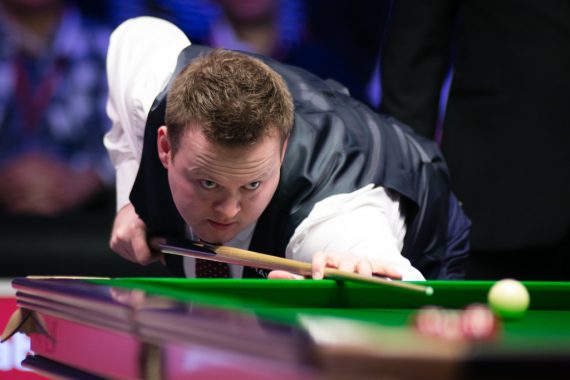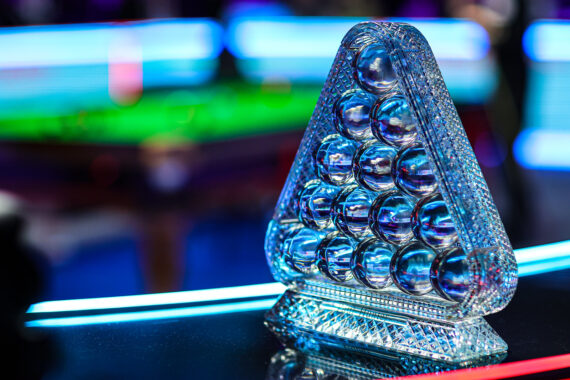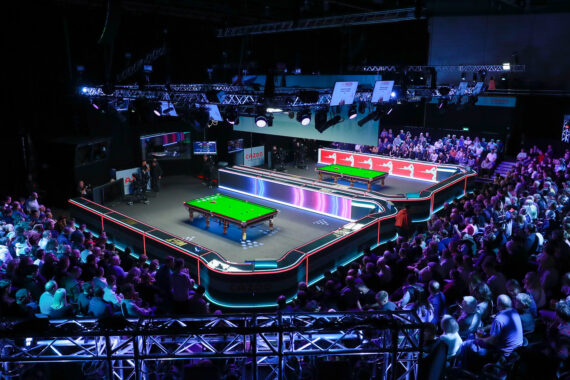A Brief History of the Dafabet Masters
This week sees the return of snooker to our television screens with the 2015 Dafabet Masters, snooker’s premier invitational event, steeped in history and with a bumper £200,000 top prize.
With just the world’s top players (initially 10 and currently 16, subject to the occasional wildcard or qualifier down the years), the Dafabet Masters has always been an event for the snooker’s elite and is regarded by most as one of the sport’s three traditional ‘major’ events, alongside the World and UK Championships.
With this year’s opening match between Mark Selby and Shaun Murphy representing the 600th match played in the Masters since its inception back in 1975, what better time to take a look back at the history of the event?
The Early Years
Following that first staging, when John Spencer earned just £2,000 for winning the title, the event was actually won by six different players in six years, before Alex Higgins was able to become the first multiple winner in 1981.
Perhaps the most striking fact of the tournament’s early years however, is that while the sport’s other two majors were dominated by Steve Davis, six times a winner of the World and UK Championships during the 1980’s, the Nugget was ‘only’ able to win the Masters on just two occasions that decade, before his remarkable third victory some years later against Ronnie O’Sullivan in 1997.
Instead, the tournament’s most successful player of that period was Canadian Cliff Thorburn, winner of the event in 1983, 1985 and 1986, while Welshman Terry Griffiths was a three-time runner-up during the decade.
The Hendry Years
While Davis’ domination of the sport during the 1980’s was not reflected by his success at the Masters event, Stephen Hendry’s rule over snooker certainly was, as he won the event on five consecutive occasions from his debut in 1989 to 1993, before adding a sixth crown in 1996 following which he was given the trophy to keep for good.
Of his final opponents, John Parrott can consider himself particularly unfortunate not to have won the tournament on at least one occasion, having lost out to Hendry three times in the showpiece match.
Perhaps more unfortunate still however was Mike Hallett, who following his 9-0 defeat to Steve Davis in the 1988 final, then lost out 9-8 to Hendry in 1991, having at one stage led 7-0 and had a shot on the pink for victory at 8-2.
It was not all success for Hendry however, as he was to finish as runner-up on three occasions, most notably to fellow Scot Alan McManus in 1994, ending his unprecedented run of Wembley titles, and Welshman Mark Williams in what was one of the most dramatic snooker matches ever played, won by Williams on a re-spotted black in the deciding frame.
Hunter’s Treble
As Hendry’s powers began to wane, the likes of Williams, John Higgins and Ronnie O’Sullivan were to add their names to the Masters roll of honour, as well as one player with whom the tournament will always be associated, Paul Hunter.
It was not the fact that Hunter won the event on three occasions in four years that was so memorable, but the manner of his victories, all from a long way behind against formidable opponents.
In 2001, Paul found himself in serious trouble, 6-2 down against Ireland’s Fergal O’Brien at the mid-session interval, before he recovered with four century breaks in six frames to lead 9-8, eventually winning in a thrilling decider.
A year later he was able to repeat the feat, recovering from 5-0 down against world champion Mark Williams to win 10-9 in the final, before in 2004 he came back from 7-2 and 9-7 down to stun Ronnie O’Sullivan, again in a final frame decider.
The Last Decade – O’Sullivan and Selby Domination
During the past decade, the tournament has been dominated by two men, as between them, O’Sullivan and Mark Selby have won the Masters seven times from ten stagings, both players meeting in the final on three occasions, including last year.
O’Sullivan’s fourth Masters title in 2009 was particularly memorable, as he defeated Selby 10-8 in the final with a brand new cue that he had started to play with just days before the start of the event. Mark though was to have his revenge a year later, coming back from 9-6 down to win a decider against Ronnie.
The event has been played at a number of different venues down the years, most notably the Wembley Conference Centre between 1979 and 2006, before moving to the Wembley Arena and then in 2012, its current venue, the Alexandra Palace in North London.
There have been just two maximum breaks in the tournament’s history, the first coming in 1984 when Canada’s Kirk Stevens memorably achieved the feat during his semi-final against Jimmy White, before Ding Junhui compiled his max in 2007 at the Wembley Arena.
As explained as I started my look back at the tournament’s history, the Dafabet Masters is a tournament steeped in history and the 16 players battling it out for the title in 2015 will be looking to earn their place in its hall of fame, or in the case of Ronnie O’Sullivan, move right to the very top, alongside Stephen Hendry with a record six titles.



